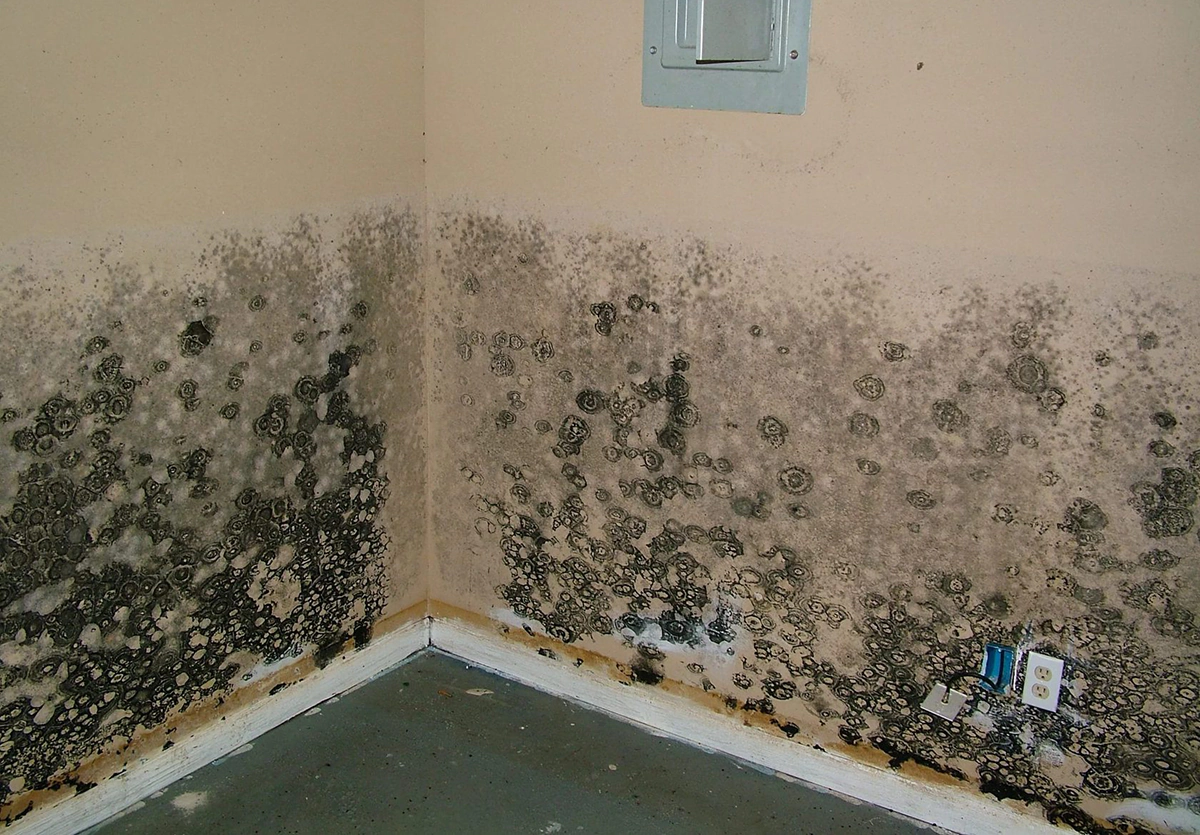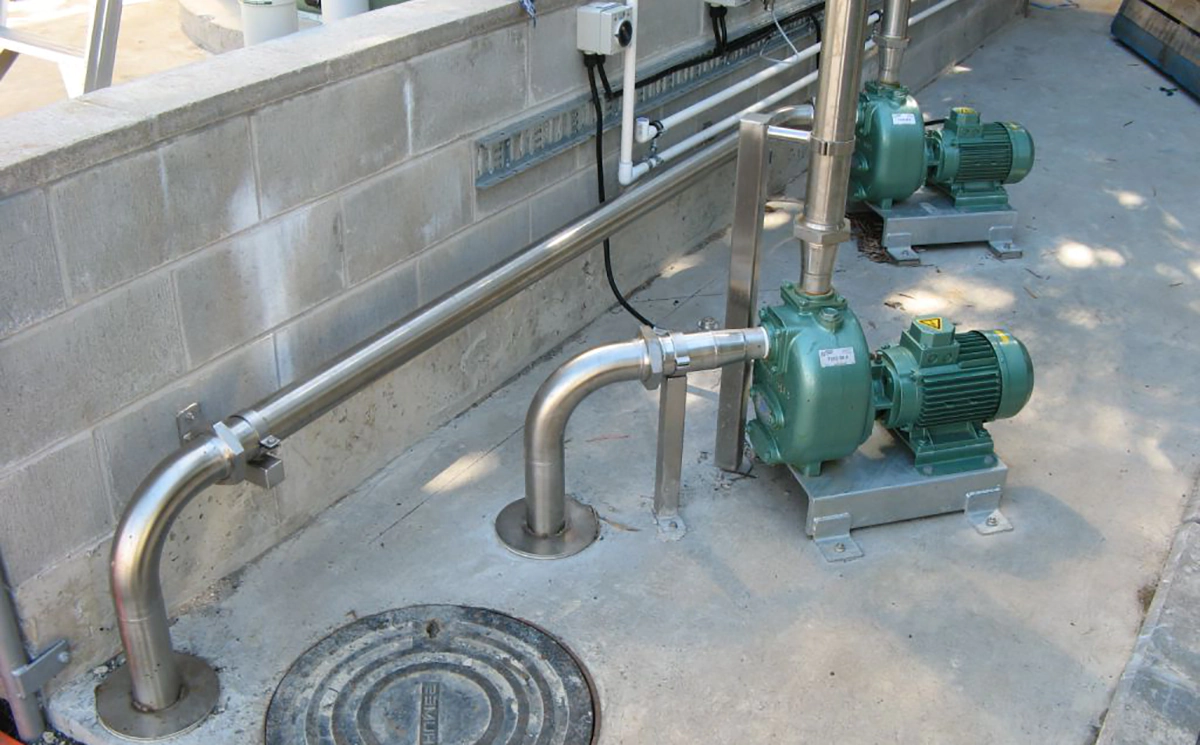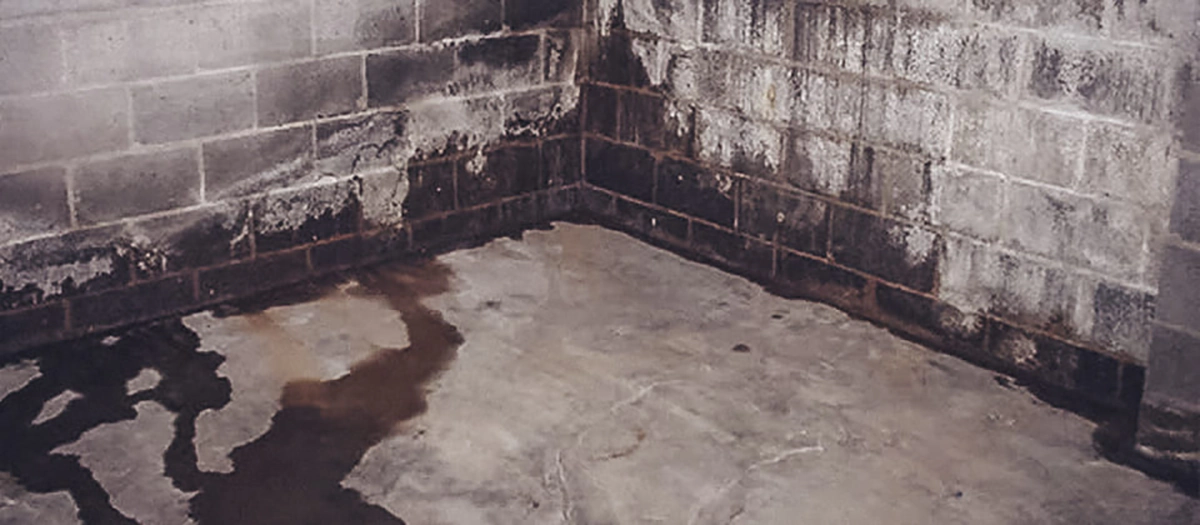Many homeowners are no strangers to the moisture problem in basements, even flooding. More often than not, homeowners are looking for solutions on how to fix water leaking into basements after heavy rain. We’ve compiled some practical expert tips and effective solutions to keep your basement dry so you can maintain your home’s structural integrity.
Understanding the Causes of Basement Water Leaks
When the rain pours outside, you don’t want to find standing water in your basement. If there are problems with your waterproofing, you should not ignore addressing the issue. In the long run, constant waterlogging deteriorates the house’s integrity and can also worsen the household’s health (due to mold and fungus arising from high humidity).
Therefore, it is important to realise the importance of looking for a way how to fix water seeping into basement as soon as possible so that it does not lead to bigger problems in the future. You can solve the problem on your own, or you can get the support of real professionals.

Common Sources of Water Leaks in Basements
The most common causes of water leaks in basements are as follows:
- Hydrostatic pressure. If the pressure is too high, over time, shrinkage, shifting, or natural wear and tear of the foundation will cause cracks in the foundation walls, from where rainwater will seep in. Heavy rainfall causes the soil to become saturated with moisture, thereby putting hydrostatic pressure on the house’s foundation. This pressure pushes water into cracks and other defects, thereby causing waterlogging.
- Improper installation or damage to window vaults. Due to the resulting design defects and poor installation, significant basement waterlogging can occur when it rains heavily outside.
- Clogged gutters and downspouts, improper installation. Gutters are responsible for the efficient drainage of rainwater away from the building. If there is damage, improper installation, or clogging, water will overflow and constantly accumulate around the foundation. This greatly increases the likelihood of water leaking inside the basement. Furthermore, there may be an improper or reverse slope around the house. This also increases the risk of waterlogging.
- Poor waterproofing. Improper waterproofing can be done since the house was built; over time, the material can lose its moisture protection properties. Therefore, in case of heavy rain, water will penetrate inside the basement.
In general, a basement leak can be caused by just one factor or a combination of factors. Therefore, if there is a problem, a full inspection of the foundation and the area around it should be done.
Signs Your Basement Has a Water Leak
The need for you to look for an effective way how to fix water coming into basement can be indicated by several signs:
- A musty odour. And it can be not only in the basement, but also penetrate other house rooms. The fact is that excess moisture forms a damp environment in the basement – these are ideal conditions for the emergence and growth of fungus and mould. Fungus and moulds themselves are not only a source of unpleasant odour. They also provoke allergies and respiratory illnesses in the occupants of the house. This can seriously impair health.
- Moisture damage includes cracks in the walls, dams, and stains. It can also include blistering or peeling paint, wallpaper lagging, and changing the colour of finishes because the wall is wet.
- Condensation. Moisture can settle on windows, basement pipes, and other surfaces. Constant moisture in the basement indicates that the waterproofing is broken. Therefore, it is unsurprising that you will face full-fledged waterlogging in case of heavy rain.
It is also worth noting that a wet basement immediately becomes an unusable space for further use. It does not matter if you will make it a place to store things, a recreation area, or use it as an additional living space. As soon as water appears, you can forget about all the plans. Water leads to dampness and mustiness.
Waterlogging damages the foundation and walls. Prolonged exposure to water can also deteriorate drywall, woodwork, and other building materials. Therefore, the longer you let the problem go on, the more it will cost you in repair costs.

Steps to Identify the Source of a Basement Water Leak
To understand how to stop water coming through basement walls, you must first find where it is coming from. You’ll want to start by completely removing moisture from your basement—if you’re experiencing more than small leaks, you’re experiencing a real flood. We’ve put together a comprehensive guide to assessing the condition of your foundation.
Inspecting the Basement Interior
As you may have read above in our article, a basement water leak after heavy rainfall can be triggered by a variety of causes, from cracks in the walls to hydrostatic pressure. Once you determine the specific cause, certain steps can be taken to solve it:
- inspect the basement surfaces for signs of water intrusion: puddles or wet spots;
- Inspect the exterior walls and windows in the basement for visible leaks;
- check the condition of gutters and downspouts.
When inspecting the inside of the basement, it is worth paying special attention to the following areas:
- cracks – not only on the walls but also on the floor;
- porous concrete (if the foundation is made of this material);
- wall and floor joints;
- basement walls made of stone – cracks may form in the joints in masonry.
During the inspection, it is worth carefully evaluating all surfaces. Even if you notice a dry crack, water can still start leaking from it when it rains heavily and the hydrostatic pressure increases. The same goes for damaged window pits. Clogged or overflowing gutters can cause water to build up around the house and still start to seep into the basement. Therefore, it pays to be diligent about every aspect.
An inspection is the crucial initial step in leak repair. After the inspection, you will know exactly what direction to take next.
Checking Exterior Factors Contributing to Leaks
It’s not just the inside of the basement that needs to be inspected. You should also assess the condition of the foundation from the outside. In particular, the slope of the ground around the house should be examined. Many homeowners do not pay enough attention to this aspect. However, the slope of the landscape is of great importance in the issue of water drainage from the building. It does not allow precipitation from heavy rain to accumulate at the basement walls.
The best option is when the land has a slope on each side of the house. Due to it, rainwater will naturally flow downwards under the influence of gravity, so the basement will not be flooded. If, during the external inspection, you notice that there are areas around the house where the ground has a slope to the foundation or there are pits or depressions where water collects, this may be the cause of waterlogging. If this is the case, you should fix the problem as soon as possible – add soil around the house to adjust the slope or level the landscape. Create a gentle enough slope away from the house to allow rainfall to run off safely.
Expert tip: Create a slope of at least 6 inches at a distance of about 10 feet from the foundation. This will effectively channel rainwater away from the house.
Another effective solution after an exterior home inspection is to create ditches or install French drains. These also provide effective drainage in case of heavy rainfall.

Effective Solutions to Fix Basement Water Leaks
If you notice problems during an interior and/or exterior foundation inspection, you need to find effective ways how to stop water from leaking into basement so that it doesn’t destroy your home. We’ve gathered some effective solutions that experienced craftsmen can offer you.
Waterproofing Your Basement Walls
Waterproofing starts by inspecting the walls and floor for cracks. Afterward, these areas need to be cleaned of earth and dirt. Next, hydrostatic cement, which hardens quickly, is used to seal the cracks. After that, the waterproofing is applied – it is a special rubber membrane that will expand during further shrinkage of the foundation, preventing the penetration of moisture. The waterproofing can be applied in several layers. It is best to have this issue handled by specialists.
Installing a Sump Pump System
A sump pump is one of the most important tools for pumping water out of the basement. It is most often used if your drainage system is not able to cope with the load and you need really efficient pumping. Locating a sump pump near where the water will be discharged is best.
Maintaining Gutters and Downspouts to Prevent Leaks
Gutters and downspouts should always be kept in good order. Start by removing all wet leaves, branches, and other debris that can interfere with the free flow of water. If gutters and downspouts are kept clean, water will not be trapped and will begin to drain away, even after the heaviest of rains. In some situations, gutters may need to be extended so rainwater is diverted far from the foundation.

 CLOGGED OR BROKEN WEEPING TILE
CLOGGED OR BROKEN WEEPING TILE